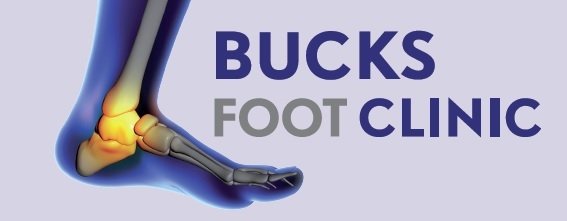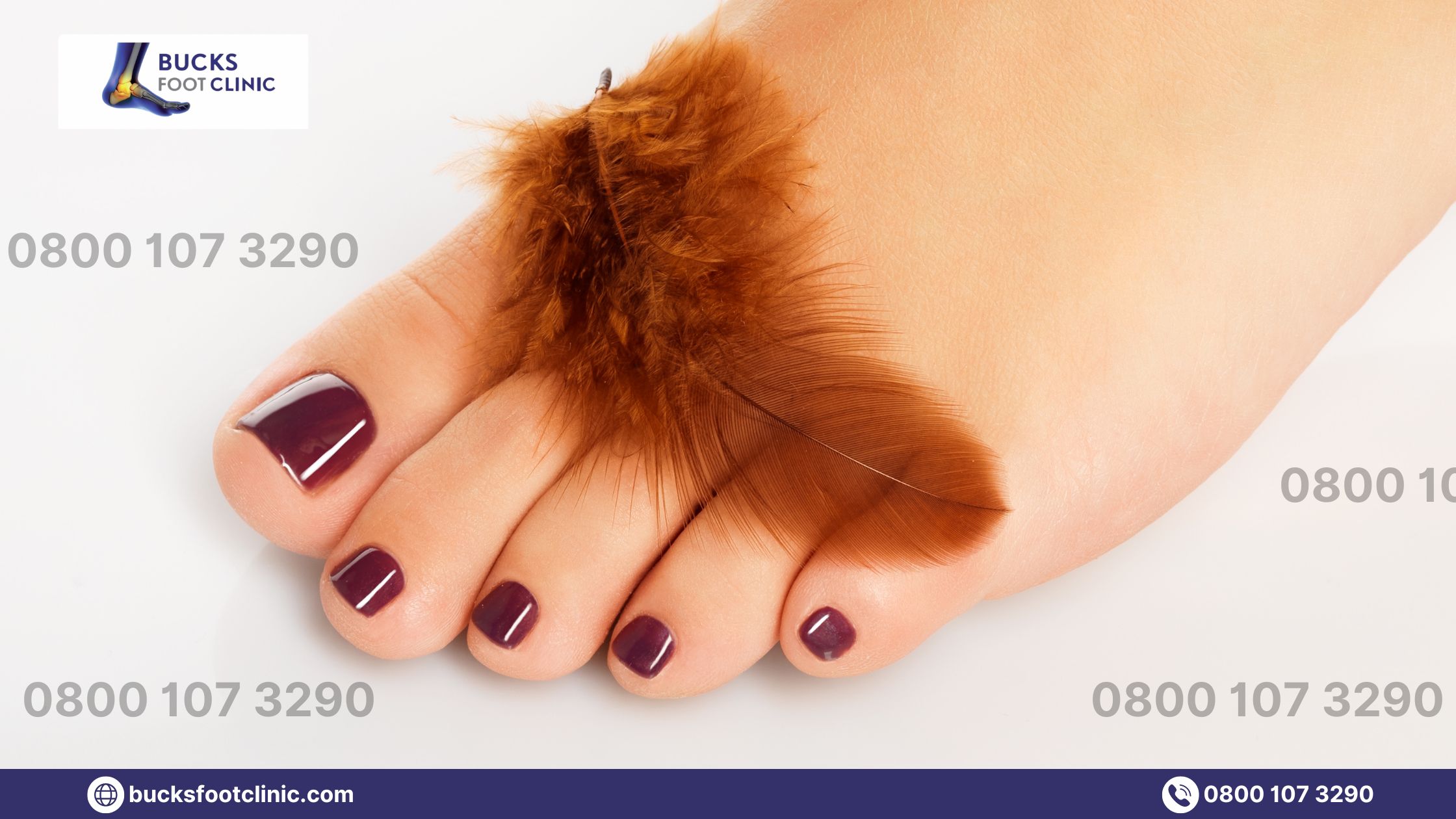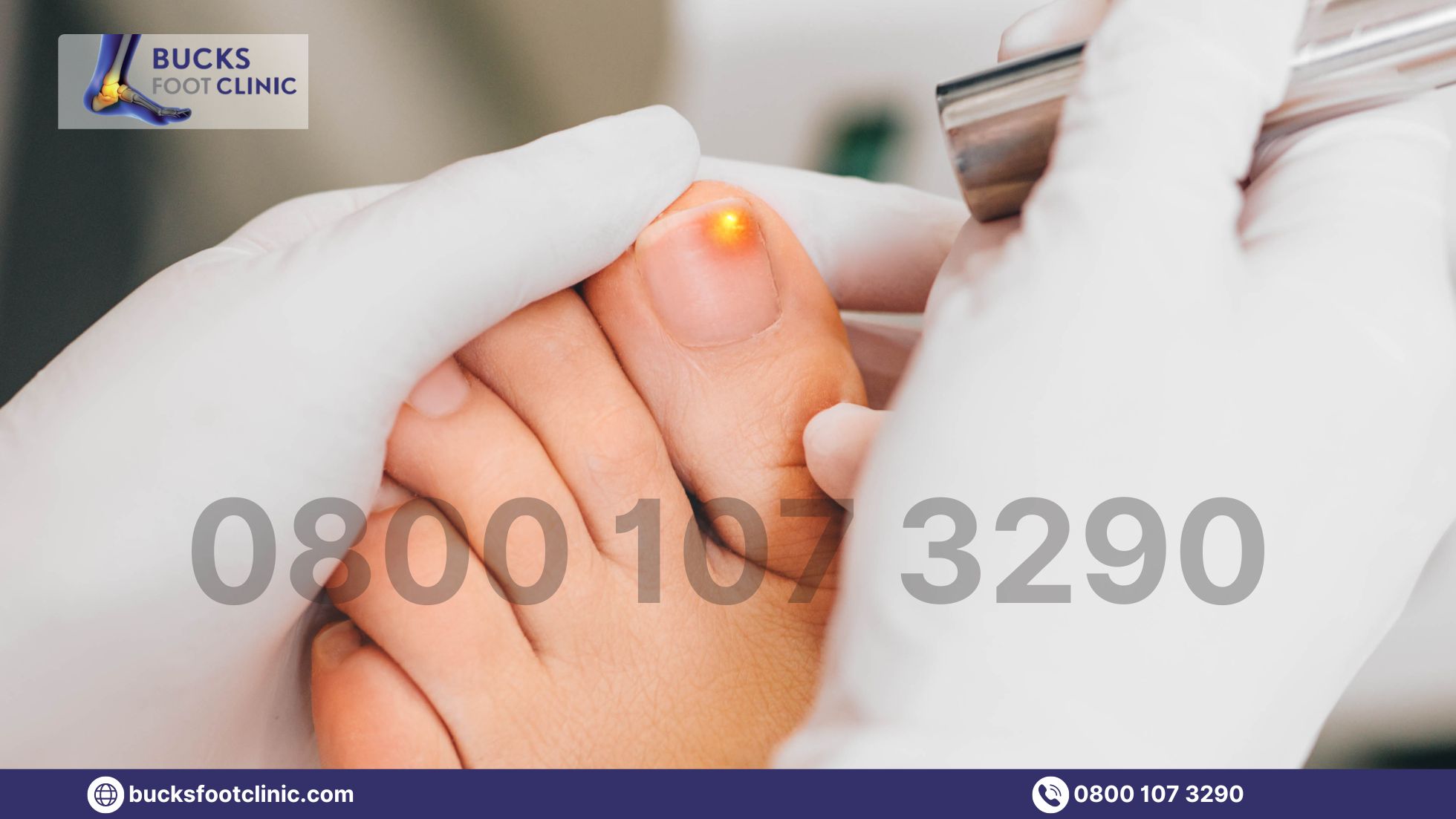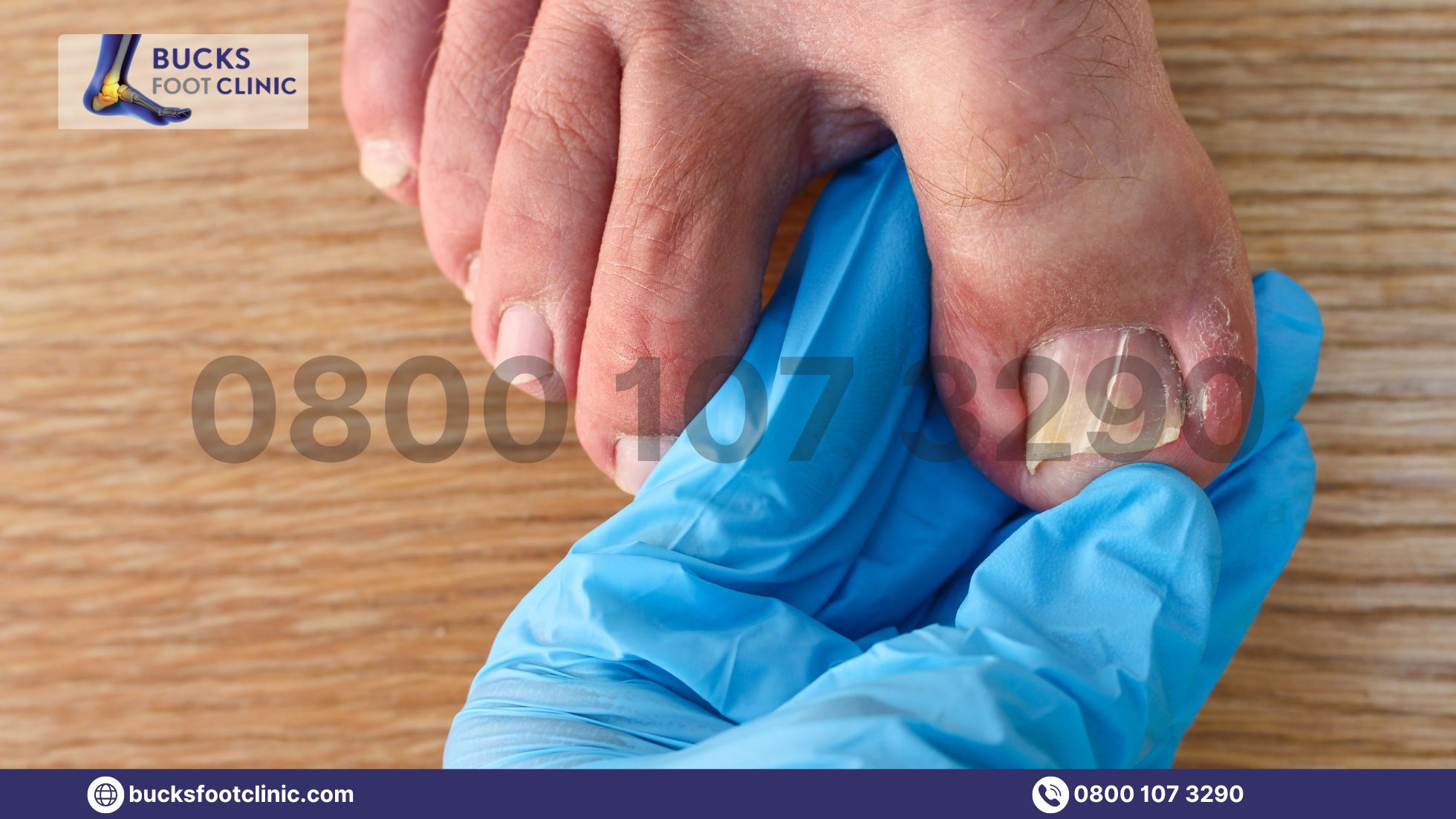High heels may be a fashion staple, but their impact on foot health is a tale of mixed emotions. In this comprehensive guide, we explore the intricate connection between high heels and the formation of corns. More importantly, we present actionable steps to mitigate the risks and maintain healthy, comfortable feet by exploring tips for removing corn from the feet and the effect of corn removal pads..
The Link Between High Heels and Corns
The Toe Crunch: A Prelude to Corns
One of the primary factors connecting high heels to corn formation is the toe crunch phenomenon. This occurs when the design of high-heeled shoes compresses the toes into a confined space, creating an environment conducive to corn development.
- Toe Compression Mechanics: The unnatural downward slope of high heels forces the toes into the front of the shoe, leading to crowding and increased friction.
- Pressure Points: High-pressure points on the tops and sides of the toes become breeding grounds for corns, as the skin reacts to the constant rubbing and compression.
The Ball of the Foot Under Siege
Beyond the toe crunch, the ball of the foot faces heightened pressure when encased in high heels. This increased pressure is a key contributor to corn formation.
- Weight Distribution: High heels shift the body’s weight forward, causing an uneven distribution that concentrates excessive force on the ball of the foot.
- Impact on Skin: The ball of the foot, subjected to prolonged pressure, responds by thickening its outer layer, a natural defence mechanism against continuous friction.
Alignment Matters: Stress on Toe Joints
The alignment of the foot in high heels deviates from its natural position, placing stress on toe joints. This misalignment is a critical factor in the development of corns.
- Toe Joint Strain: The altered alignment places additional strain on toe joints, making them more susceptible to the formation of corns.
- Long-Term Impact: Prolonged wear of high heels exacerbates this strain, potentially leading to chronic issues with toe joints and an increased risk of corns.
Practical Steps to Minimise Risks
Understanding the link between high heels and corn formation is the first step towards informed decision-making. To minimise these risks, consider the following practical steps:
- Choose Lower Heel Heights: Opt for heels that are one to two inches in height to reduce the degree of toe crunch and pressure on the ball of the foot.
- Prioritise Comfortable Shoes: Select high heels with padded insoles and a wider toe box to minimise friction and pressure on the feet.
- Limit High Heel Usage: Reserve high heels for special occasions and avoid prolonged wear to allow your feet to recover.
- Incorporate Toe Exercises: Include toe exercises in your routine to improve flexibility and reduce the impact of high heels on toe joints.
Minimising Risks: Practical Steps for Foot Comfort
- Choose Heel Heights Wisely
- Opt for Lower Heels: Selecting heels that are one to two inches in height significantly reduces the degree of toe crunch and lessens pressure on the ball of the foot.
- Wider Heels are Better: Heels with a wider base provide more stability and distribute weight more evenly, decreasing the impact on specific pressure points.
- Invest in High-Quality, Comfortable Shoes
- Prioritise Comfort Over Style: While fashion is essential, prioritising comfort when selecting high heels is crucial. Look for shoes with padded insoles and materials that offer flexibility.
- Consider Orthopaedic Inserts: Customizable orthopaedic inserts can be added to high heels to provide additional support and cushioning.
- Limit High Heel Usage
- Reserve for Special Occasions: High heels can be reserved for special events or occasions. Frequent wear increases the risk of foot issues, including corn formation.
- Alternate with Comfortable Shoes: Give your feet a break by alternating between high heels and more comfortable, supportive footwear. This allows your feet to recover from the strain.
- Toe Exercises and Stretching
- Toe Stretches: Simple toe stretches and exercises can improve flexibility and reduce the impact of high heels on toe joints.
- Picking Up Objects with Toes: A straightforward exercise involves picking up small objects with your toes, promoting mobility and strength.
Bucksfoot Podiatrist Clinic: Expert Insights and Assistance
- Professional Assessment of Foot Health
Bucksfoot Clinic specialises in assessing and addressing foot health concerns, including those related to high heel usage. Our professionals conduct thorough evaluations to understand the impact of footwear on your feet. - Customised Treatment Plans
Should corns develop, Bucksfoot Clinic offers customised treatment plans tailored to your unique needs along with assistance with products like corn removal pads. From corn removal procedures to preventive strategies, our expertise ensures comprehensive foot care.
Conclusion
In conclusion, the love for high heels need not be sacrificed for foot health. Thus, by understanding the impact of high heels on corn formation and implementing practical steps, you can enjoy both style and comfort. For personalised guidance and expert care for removing corns from the feet, consult with the professionals at Bucksfoot Clinic, ensuring your journey in high heels is a stride towards foot health. Visit our website to learn more.
FAQ
Are certain types of high heels less likely to cause corn?
Lower-heeled shoes with a wider toe box are generally less likely to cause corns. Consider wedge heels as they distribute weight more evenly.
Can toe exercises prevent corns caused by high heels?
Yes, incorporating toe exercises can improve toe flexibility and reduce the impact of high heels on toe joints.
Is surgery necessary for corns caused by high heels?
Surgery is a last resort. Most cases can be managed with non-invasive treatments, emphasising the importance of early intervention.
How long does it take to recover from corn removal procedures?
Recovery time varies, but Bucksfoot Podiatrist Clinic ensures that the process is as comfortable and efficient as possible.
Can corns caused by high heels be permanently removed?
Yes, through professional treatments and preventive measures, corns can be effectively managed and, in some cases, permanently removed.
How often should I visit a podiatrist if I wear high heels regularly?
Regular visits are recommended, especially if you experience foot discomfort. Bucksfoot Podiatrist Clinic suggests at least twice a year for preventive assessments.




Recent Comments